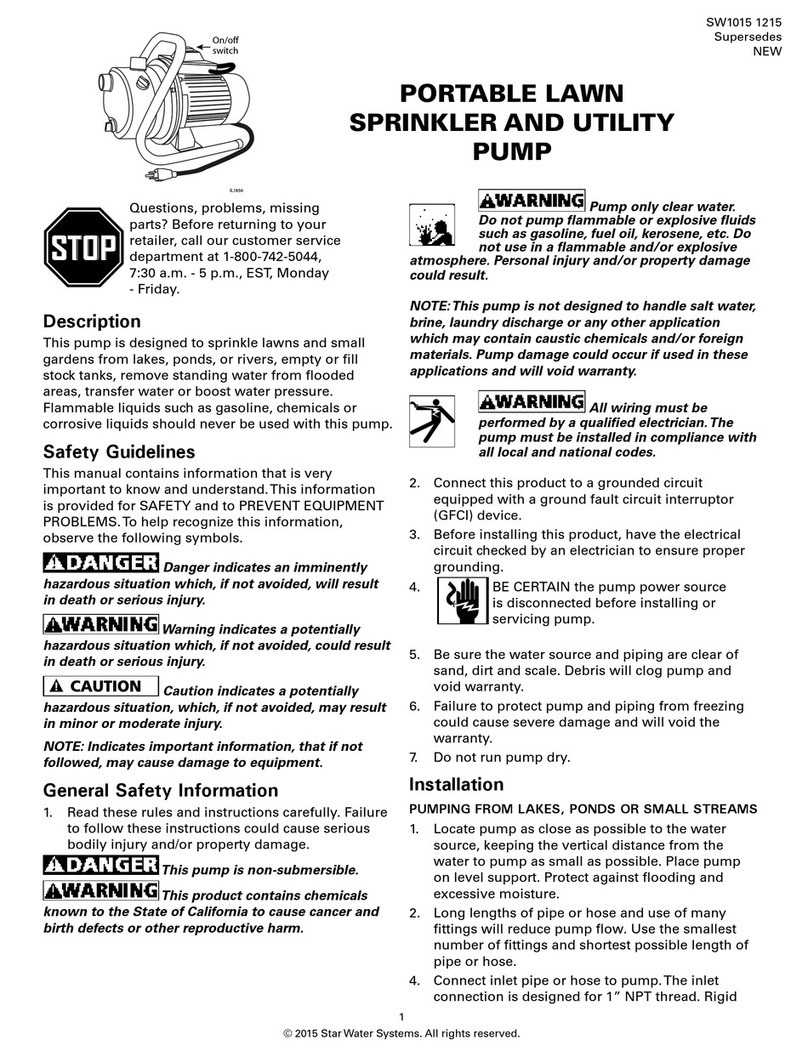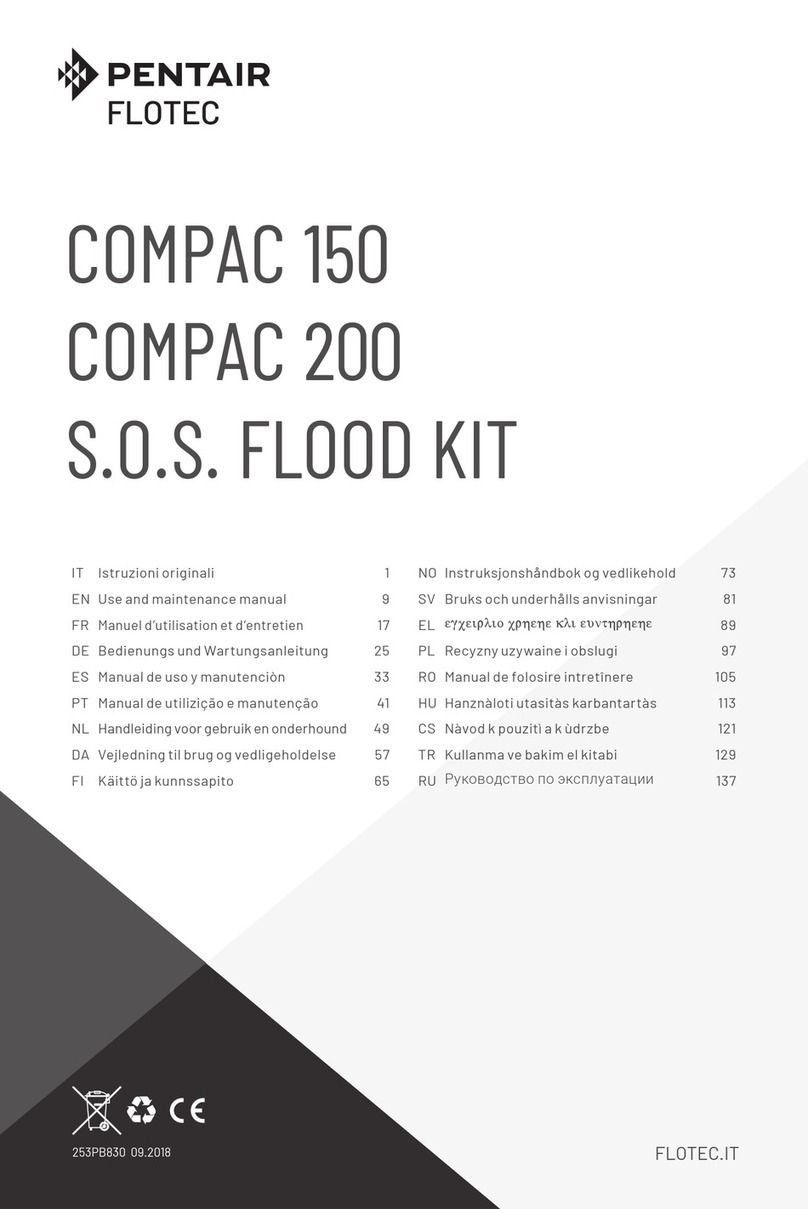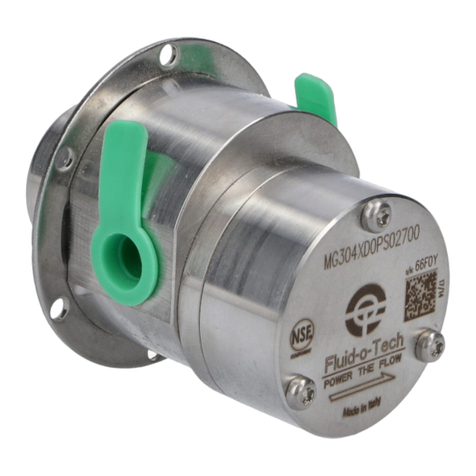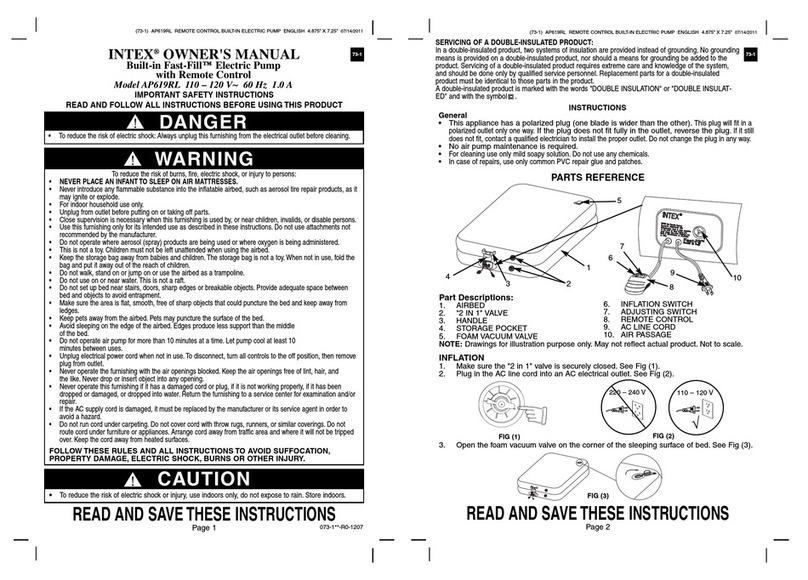GORMAN-RUPP PUMPS 0 Series User manual




















Other manuals for 0 Series
5
This manual suits for next models
1
Table of contents
Other GORMAN-RUPP PUMPS Water Pump manuals

GORMAN-RUPP PUMPS
GORMAN-RUPP PUMPS 03B31-B Application guide
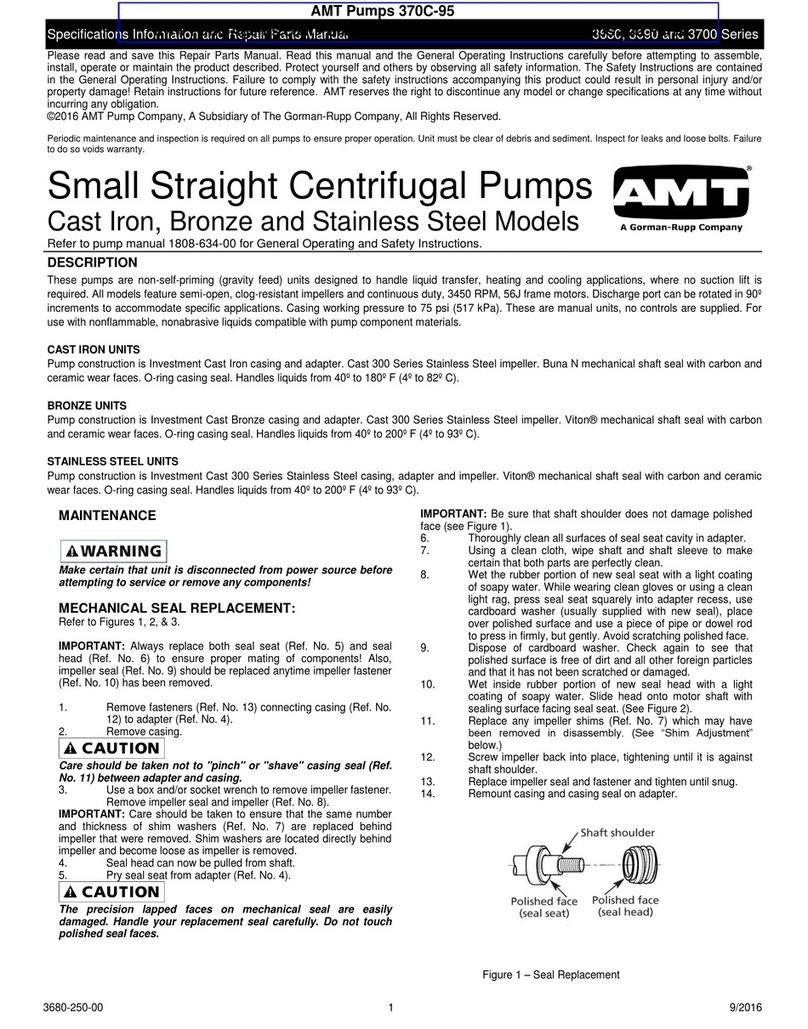
GORMAN-RUPP PUMPS
GORMAN-RUPP PUMPS AMT 3690Series User manual

GORMAN-RUPP PUMPS
GORMAN-RUPP PUMPS 83A52-B User manual

GORMAN-RUPP PUMPS
GORMAN-RUPP PUMPS 86A52-B Application guide
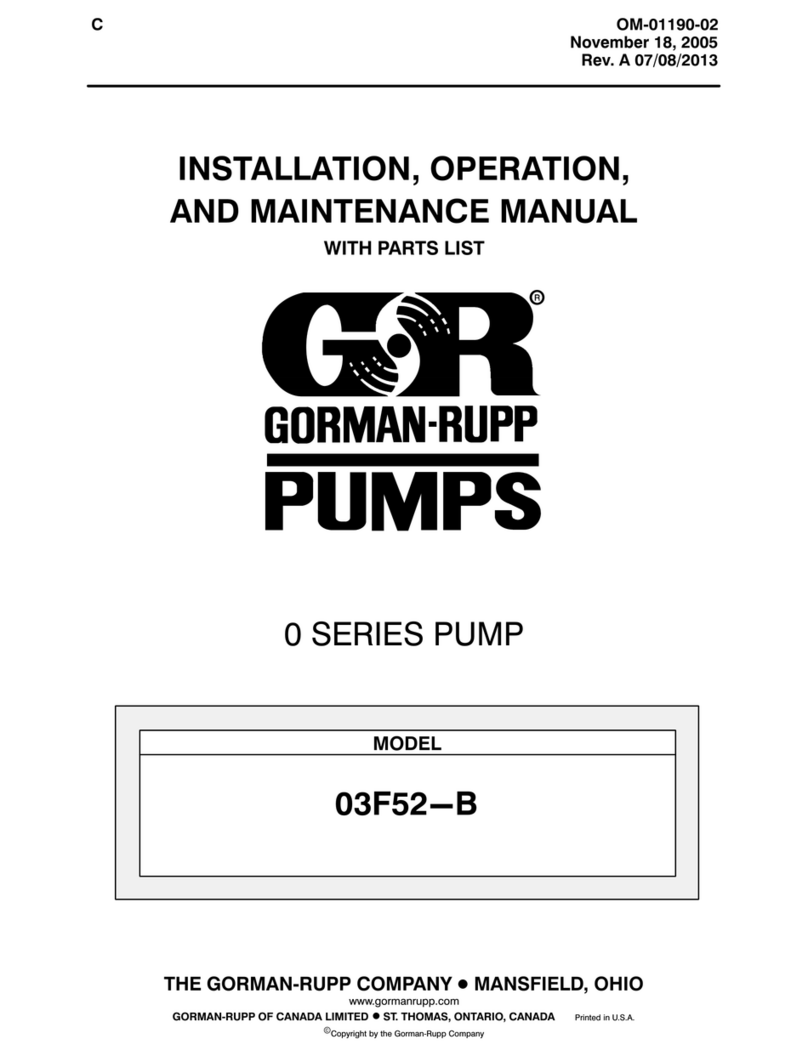
GORMAN-RUPP PUMPS
GORMAN-RUPP PUMPS 03F52-B Application guide
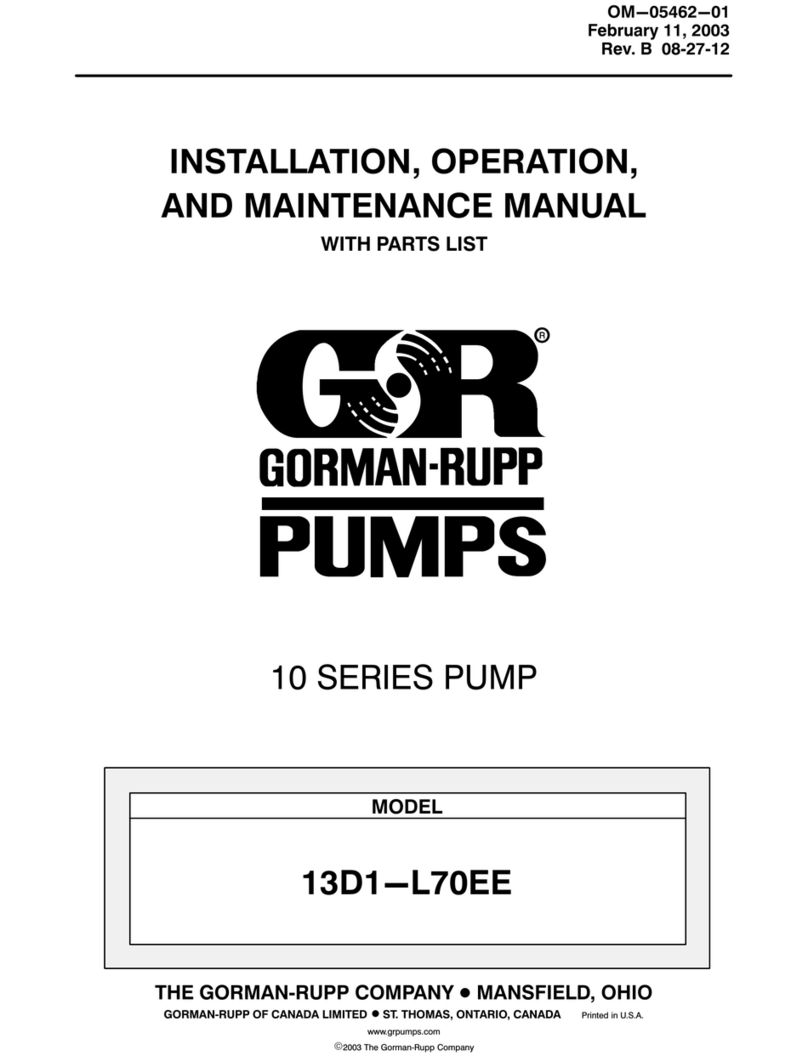
GORMAN-RUPP PUMPS
GORMAN-RUPP PUMPS 13D1-L70EE User manual
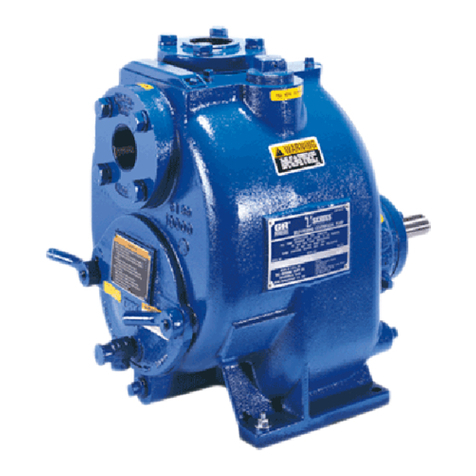
GORMAN-RUPP PUMPS
GORMAN-RUPP PUMPS T4B65-B Application guide

GORMAN-RUPP PUMPS
GORMAN-RUPP PUMPS S6C1-E35 460/3 User manual
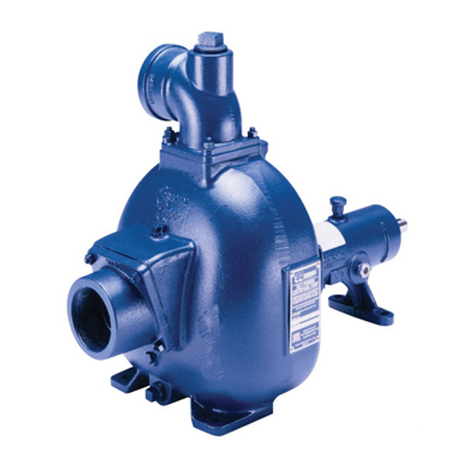
GORMAN-RUPP PUMPS
GORMAN-RUPP PUMPS 80 Series User manual
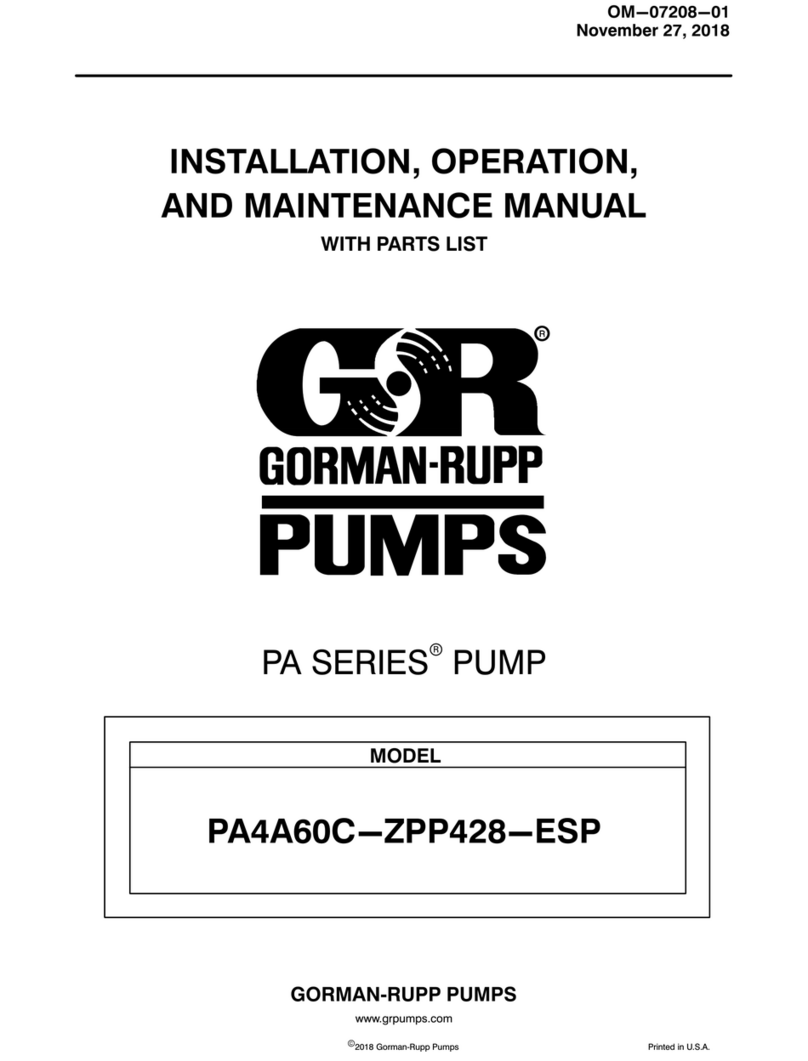
GORMAN-RUPP PUMPS
GORMAN-RUPP PUMPS PA Series User manual
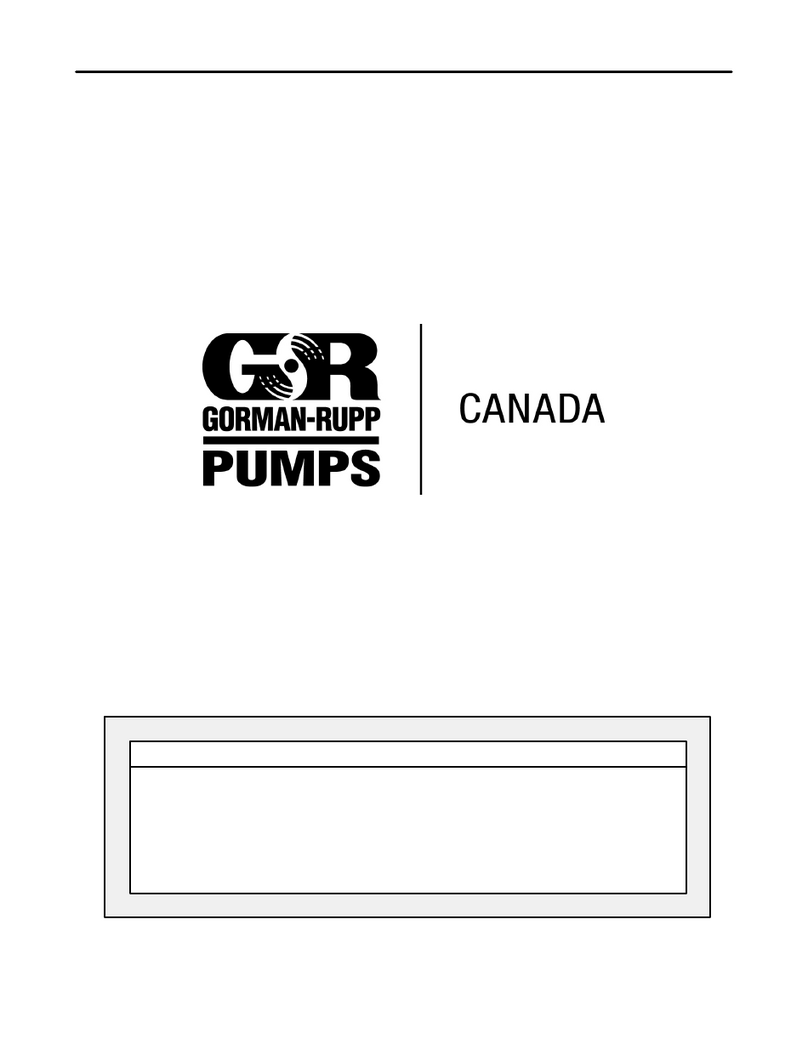
GORMAN-RUPP PUMPS
GORMAN-RUPP PUMPS 02K3-B Application guide

GORMAN-RUPP PUMPS
GORMAN-RUPP PUMPS S Series Application guide

GORMAN-RUPP PUMPS
GORMAN-RUPP PUMPS PAH Series User manual
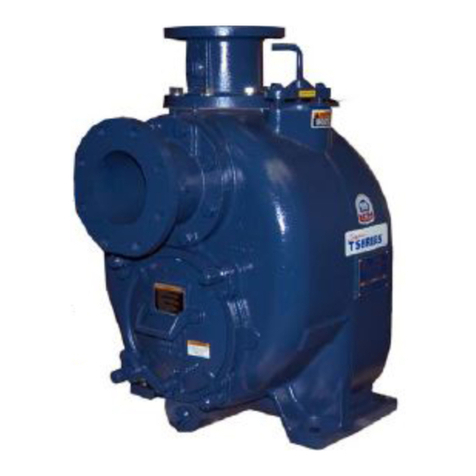
GORMAN-RUPP PUMPS
GORMAN-RUPP PUMPS T6A3S-B Application guide

GORMAN-RUPP PUMPS
GORMAN-RUPP PUMPS 11 1/2A9-B Application guide

GORMAN-RUPP PUMPS
GORMAN-RUPP PUMPS PA6D60-4045T FT4-ESP Application guide
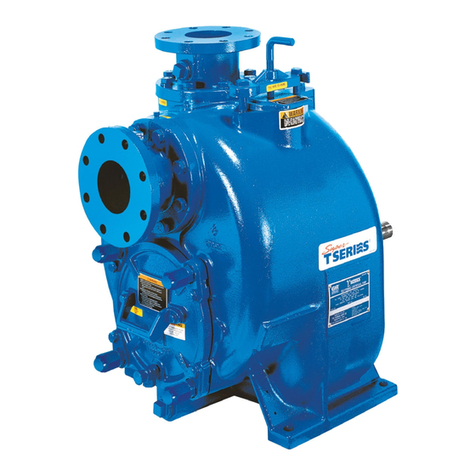
GORMAN-RUPP PUMPS
GORMAN-RUPP PUMPS Super T T4A60S-4LET2T FT4-ESP Series Application guide
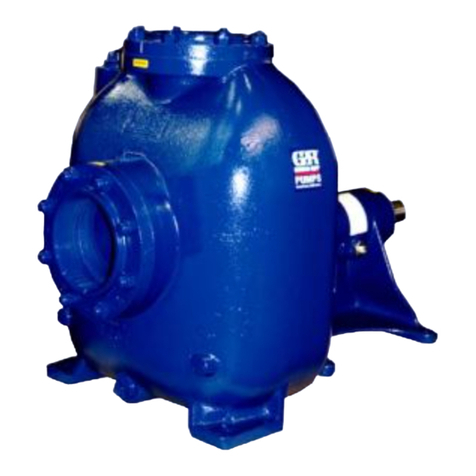
GORMAN-RUPP PUMPS
GORMAN-RUPP PUMPS 86B52-B Application guide
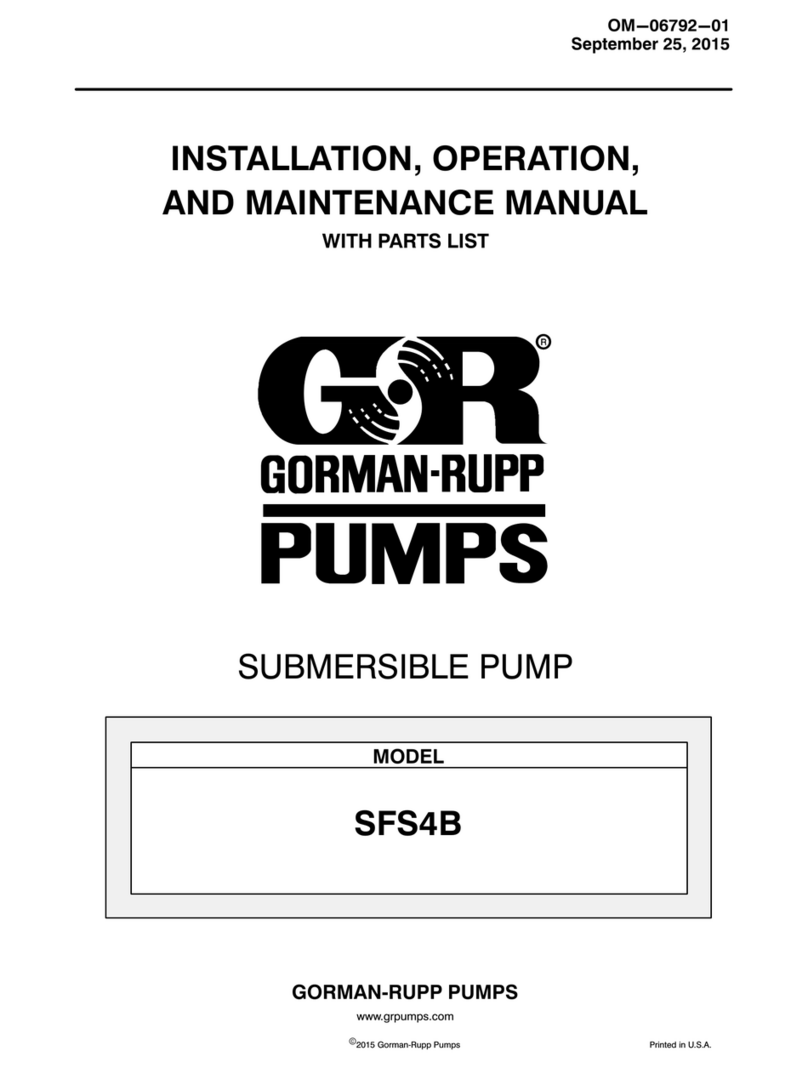
GORMAN-RUPP PUMPS
GORMAN-RUPP PUMPS SFS4B User manual

GORMAN-RUPP PUMPS
GORMAN-RUPP PUMPS SUPER T T6A60S-4045T Series Application guide
Popular Water Pump manuals by other brands

Holland Green Science
Holland Green Science Anemos user manual
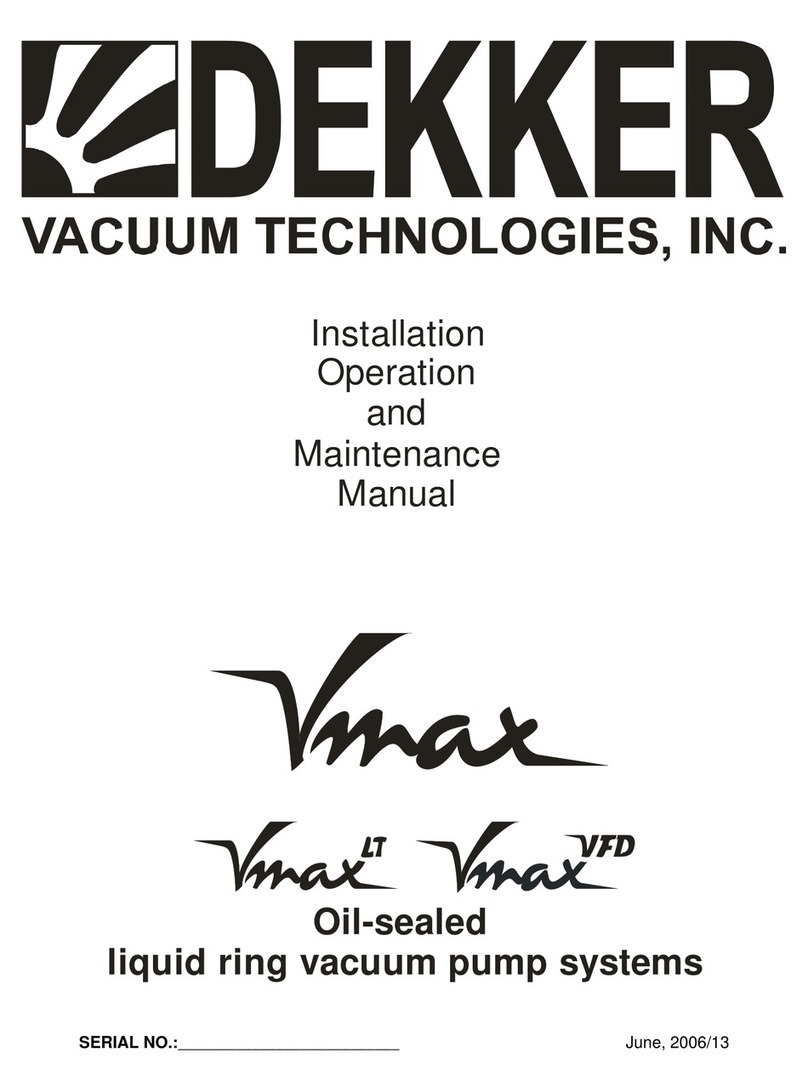
Dekker
Dekker Vmax Installation, operation and maintenance manual
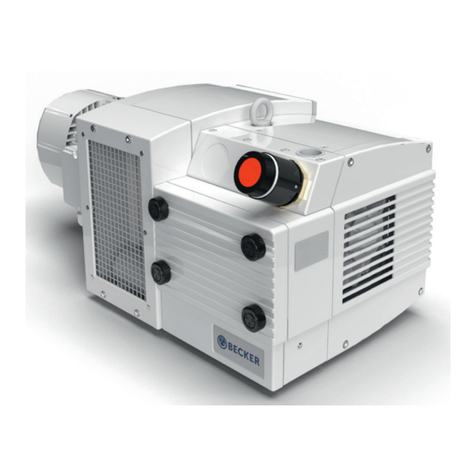
Becker
Becker KVT 3.80 operating instructions
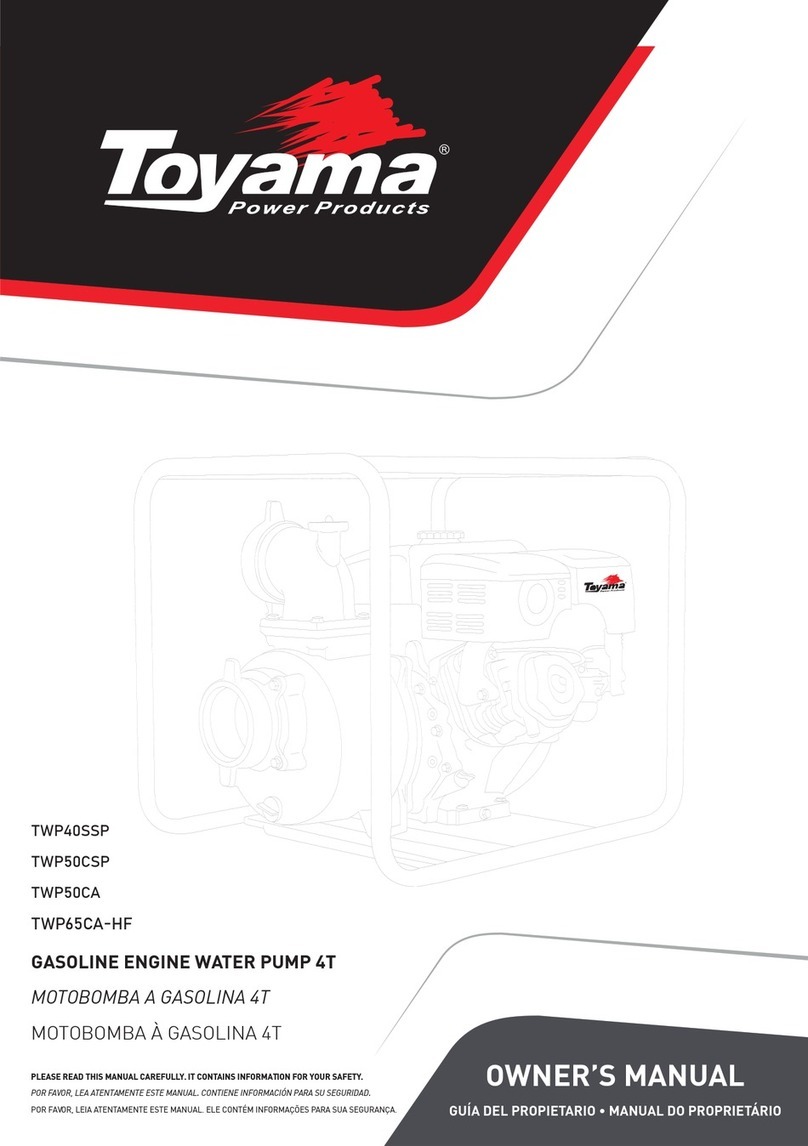
Toyama
Toyama TWP40SSP owner's manual
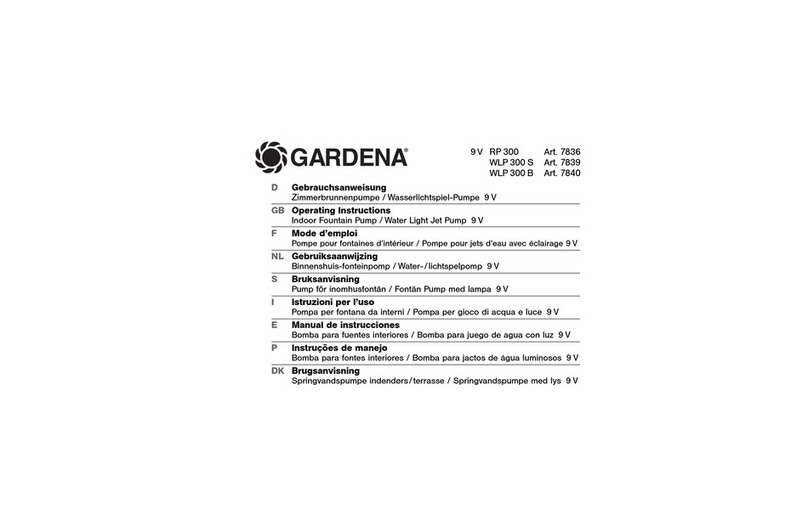
Gardena
Gardena RP 300 operating instructions

Wilden
Wilden Original Series Engineering, operation & maintenance
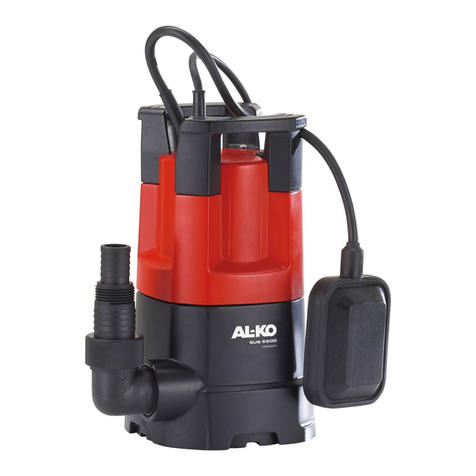
AL-KO
AL-KO SUB 6500 Instructions for use
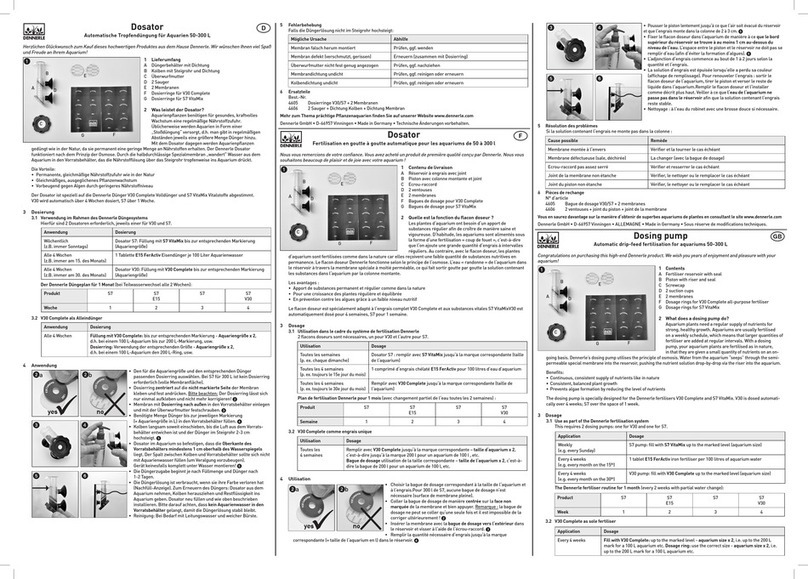
Dennerle
Dennerle DE 4585 manual

Water
Water Duro Pumps DCJ500 Operating & installation instructions

Pumptec
Pumptec 112V Series Operating instructions and parts manual

Becker
Becker BASIC VASF 2.80/1-0.AC230 operating instructions
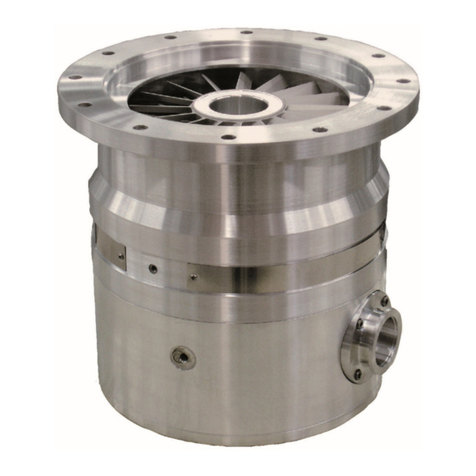
Agilent Technologies
Agilent Technologies Turbo-V 1K-G Series user manual




